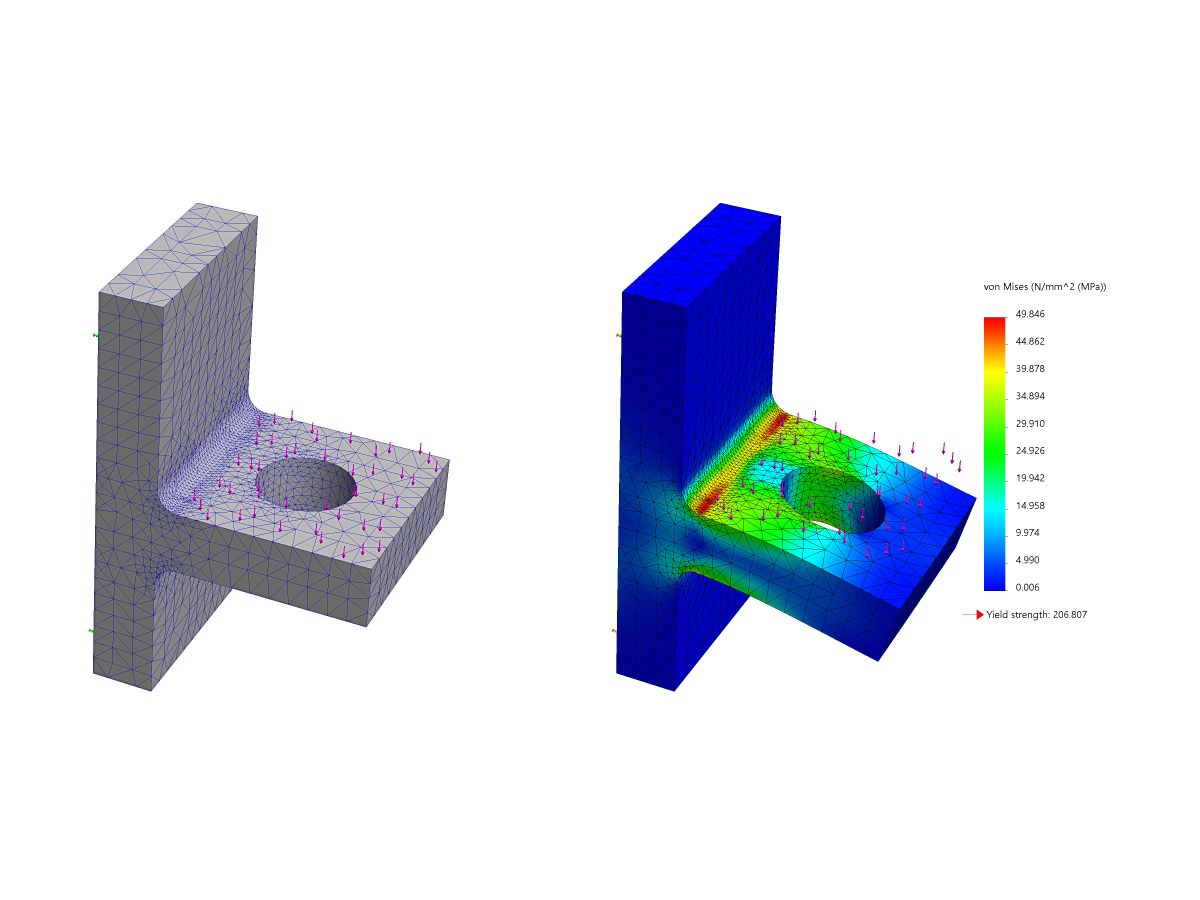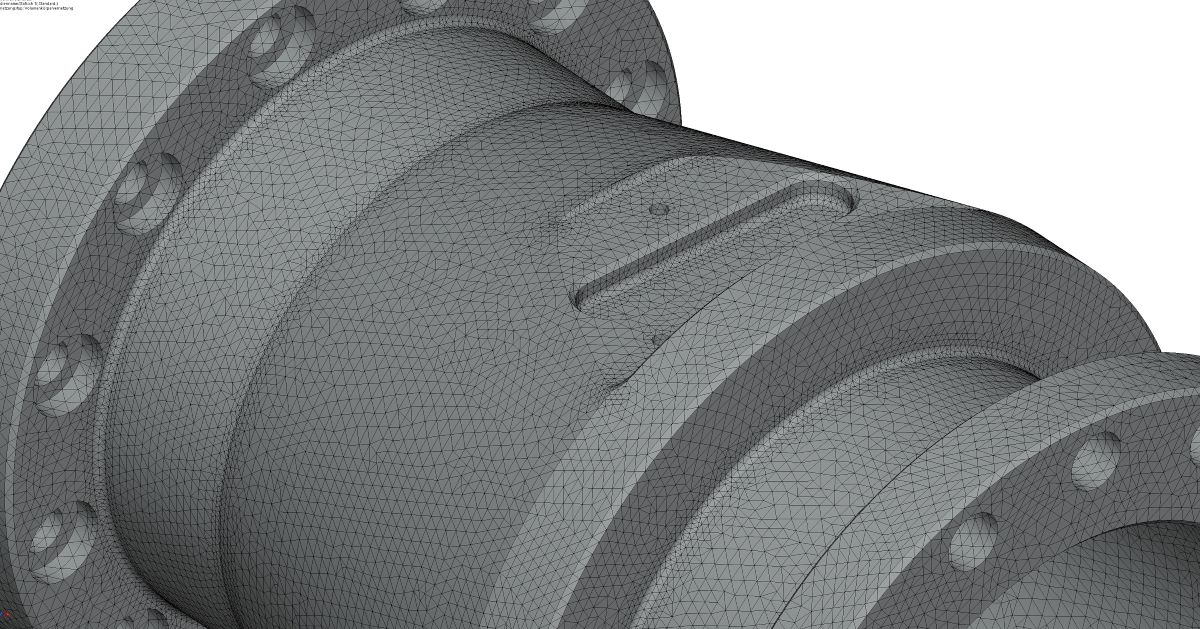
Is civil engineering the same as structural engineering?
We explore one of the most common questions asked around the fields of civil engineering and structural engineering.
Civil engineering and structural engineering both have a part to play in the built environment and infrastructure around us, but are they just the same line of work with a different name?
There’s often confusion around these two fields of engineering, but whilst they have a lot of overlap they aren’t synonymous or interchangeable. We recently covered what civil engineering is, but understanding the difference between civil and structural engineering is a whole topic on its own.
In this blog, we’ll take a deep dive into:
What is structural engineering?
Structural engineering is a specialised branch of engineering that focuses on the design, analysis, and construction of structures to ensure their safety and durability.
The clue is in the name, the overarching aim is essentially to evaluate the foundations of any man-made structure to make sure they’re fit for purpose. This also concerns calculating the strength and stability of load-bearing structures when considering physical forces such as earthquakes and strong winds, and other factors like temperature variations. The results of this type of analysis will determine the appropriate materials, dimensions, and structural systems necessary to withstand these forces for a long time to come.
The practice of structural engineering involves a wide range of tools and techniques such as CAD software, finite element analysis (FEA), and mathematical calculations to simulate and evaluate the behaviour of structures.
A good example of how this works and why it’s needed is explained in one of our latest case studies whereby we supported a company on the structural design, analysis and code assessment of a structure supporting a ducting system. In this case, the basis of the structure had been partially designed but needed to undergo assessment and analysis to verify its safety, integrity and code compliance, before it could proceed to manufacture.

When is structural engineering required?
Naturally, structural engineering is critical in the early design stages of any major infrastructure project such as a high-rise building or bridge, but the skills of a structural engineer are often required at different phases following that.
For example, if you’re planning on making any changes or additions to a building (big or small) which could have an impact on its stability, that will require structural engineering insight. Similarly, if any element of a structure was to be damaged by impact or a natural disaster, structural engineering will be required to determine the cause and implement strategies that mitigate this type of scenario moving forward.

What is the difference between civil engineering and structural engineering?
Despite confusion, structural engineering is in fact a subdiscipline of civil engineering. As mentioned earlier, civil and structural engineering have their similarities but they each have their own distinct focuses and areas of expertise.
Some of the key areas in which the two engineering disciplines differ include:
Scope and focus of the project
Civil engineering is concerned with the planning of designs, construction and maintenance of a project, and encompasses a broad range of disciplines related to these areas. Involved in the overall development of a project, civil engineers are responsible for considering factors such as site selection, environmental impact and transportation systems.
Structural engineering is a specialised field within civil engineering that focuses on the structural aspects of the project. This includes concentrating on the analysis and design of structures to ensure their safety and stability, making sure that the materials selected can adequately support them.
Design and analysis
Various analysis and design techniques are implemented within both disciplines but with different focuses and purposes.
Civil engineering employs design and analysis of systems that are critical to civil infrastructure – including roads, water supply systems, wastewater treatment plans, and transportation systems. They consider factors such as traffic flow and environmental impact during the planning and design process. This type of work is typically centred around large-scale projects that impact the wider community.
In the case of structural engineering, this practice is geared towards the design and analysis of individual structures, ensuring that they are able to withstand the loads and forces they are subjected to. Throughout this process, the behaviour of materials and components proposed for use within the designs will be analysed for stability, durability and performance by calculating different forces acting on them under different loading conditions.
Both civil engineering and structural engineering are vital practices that work in harmony to shape the built environment around us, but understanding the differences between them is key.

Real-life example
A good way to put this into perspective and real-world situations is by defining civil engineering as the work that goes into planning and managing entire projects, such as the construction of a motorway. This team will be responsible for ensuring there are enough lanes for adequate traffic flow and considering all environmental impacts.
Within the same project, the structural engineering team will be involved in taking care of the structures which hold up the motorway signage or any bridges required. They will be responsible for ensuring that it’s fit for use.
If the motorway has severe traffic jams due to poor planning, that’s on the civil engineering team. If a bridge or signage structure collapses, the structural engineering team take full responsibility.

Ensuring successful civil & structural engineering projects
It goes without saying that there’s no room for error within any civil or structural engineering project, and they always require a highly skilled and experienced team to execute them perfectly.
This is why many of our clients will draw upon the expertise of a civil & structural engineering consultancy like ourselves. We have years of experience delivering successful projects for both conventional and advanced engineering projects, working on a wide scope of projects across various industries.
This practical experience and transferable knowledge is invaluable, particularly when planning major infrastructure projects with complex requirements and astronomical risks.
Find out more about how we’ve solved some of our clients’ engineering problems by reading our case studies.
Enjoy this article? You may be interested in some of our others:





